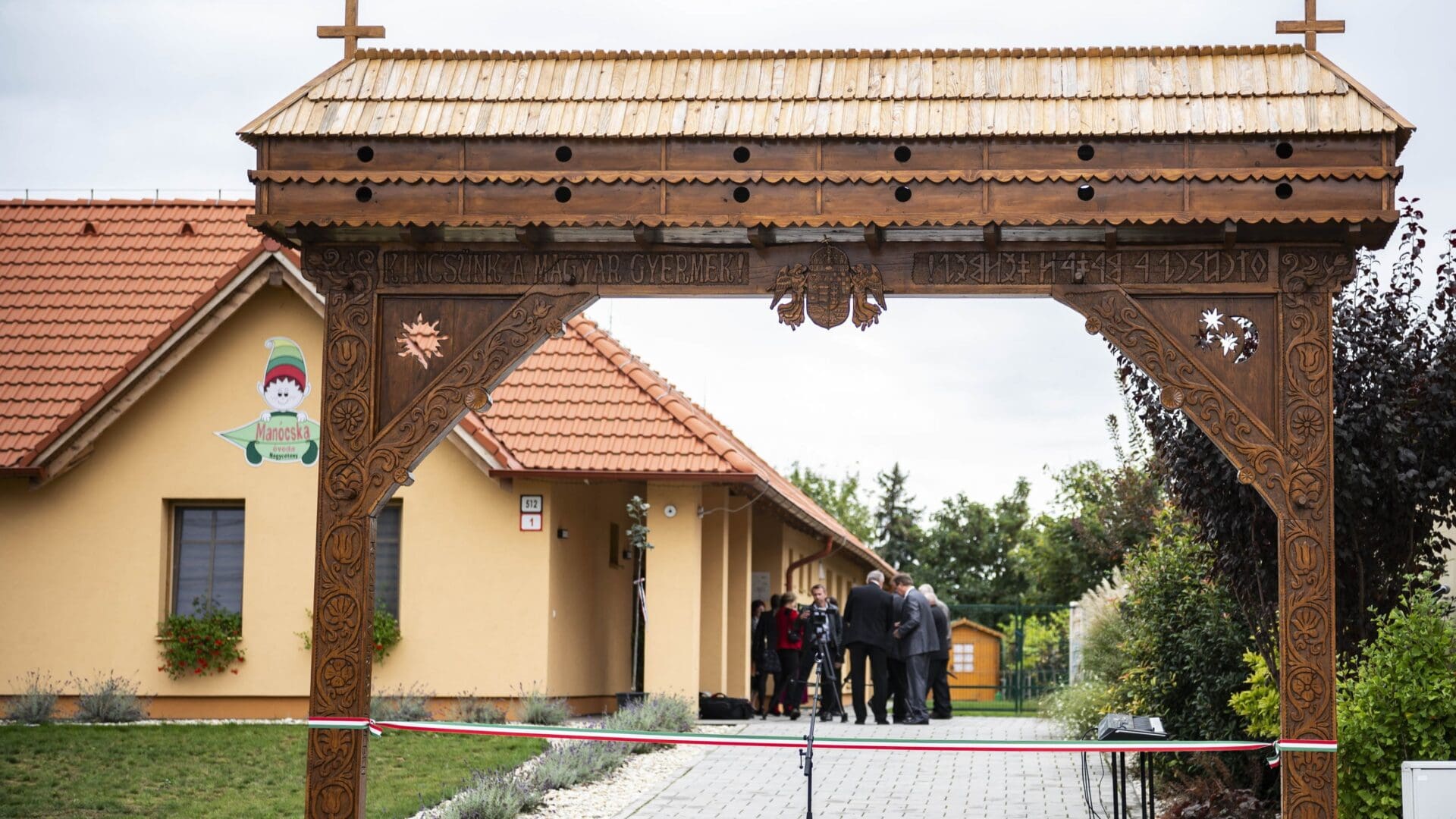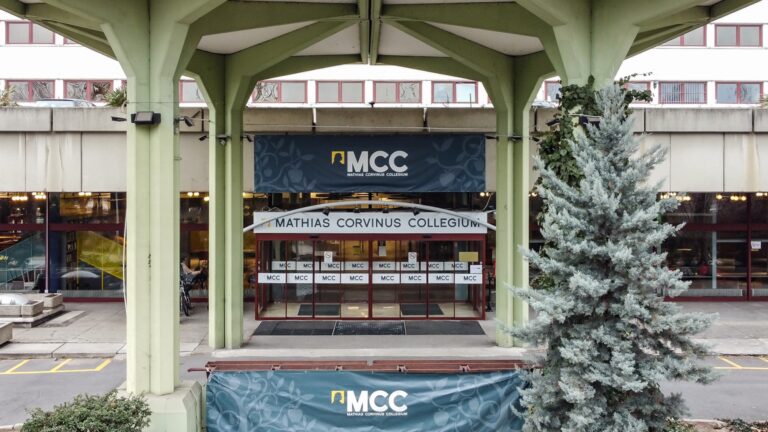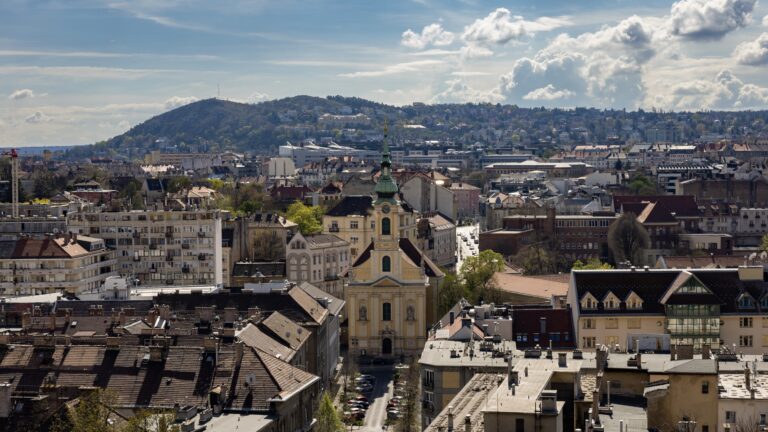With two new additions, the Collection of Hungarikums has now expanded to 89 items, as decided by the Hungarikum Committee on Tuesday, the Ministry of Agriculture reported.
Hungarikum is a collective term indicating a value worthy of distinction and highlighting within a unified system of qualification, classification, and registry and which represents the high performance of Hungarian people thanks to its typically Hungarian attribute, uniqueness, specialty and quality. The term comes from the combination of the words Hungary or Hungaria and ‘unikum’, meaning ‘unique’ in Hungarian.
The ‘székelykapu’ (Szekler gate) is a characteristic arched gate type made with traditional carpentry techniques. It evolved from medieval city, castle, and manor gates. Starting in the 17th century, the Szekler gate type became increasingly distinct in Szeklerland, Transylvania with its carved, ornate decorations, setting it apart from the solid gates of other regions. Szekler gates have become a true spectacle and a cultural relic of Szeklerland.
Another addition to the Collection of Hungarikums is the ‘lángos’ (Hungarian fried bread). The tradition of making lángos is closely linked to the tradition of bread baking. The perfect lángos is of medium thickness, not too oily, soft on the inside, and crispy on the outside. Traditionally, lángos is consumed with grated cheese, sour cream, and optionally garlic. Today, various sweet and savoury toppings are available to choose from.
The Collection of Hungarian Values has expanded with a unique type of rural settlement called ‘bokortanya’. This distinctive settlement structure originated in the mid-18th century in the Nyírség region. The residents here established residential and agricultural buildings, as well as other facilities for livestock farming, on lands situated far from populated areas.
Also included in the Collection of Hungarian Values is ‘zselici hársméz’ (zselici linden honey), a special variety of honey produced for centuries in the native linden forests of Somogy County.
Thousands of bee colonies work diligently in Zselic, as beekeepers from all parts of the country migrate here during the flowering of the acacia trees.
With the decision of the Hungarikum Committee, the number of elements in the Collection of Hungarikums has increased to 89, while the Collection of Hungarian Values now recognizes 152 outstanding national values, as stated in the Ministry of Agriculture’s announcement.
Related articles:
Sources: Hungarian Conservative/Colletion of Hungarikums/MTI








